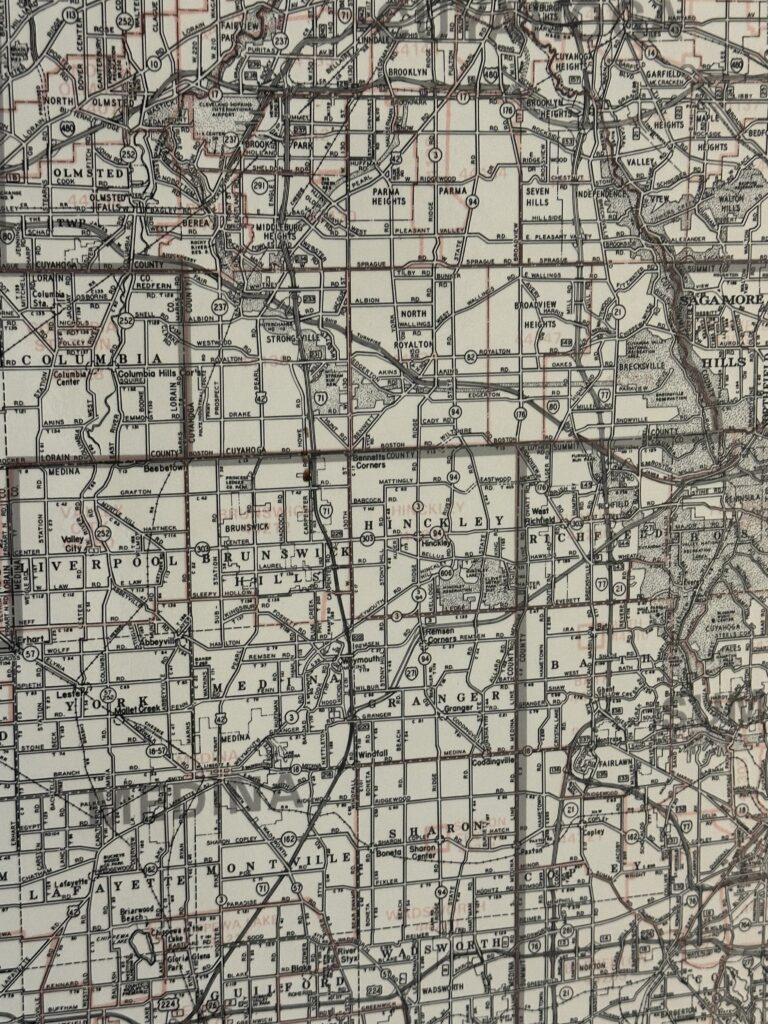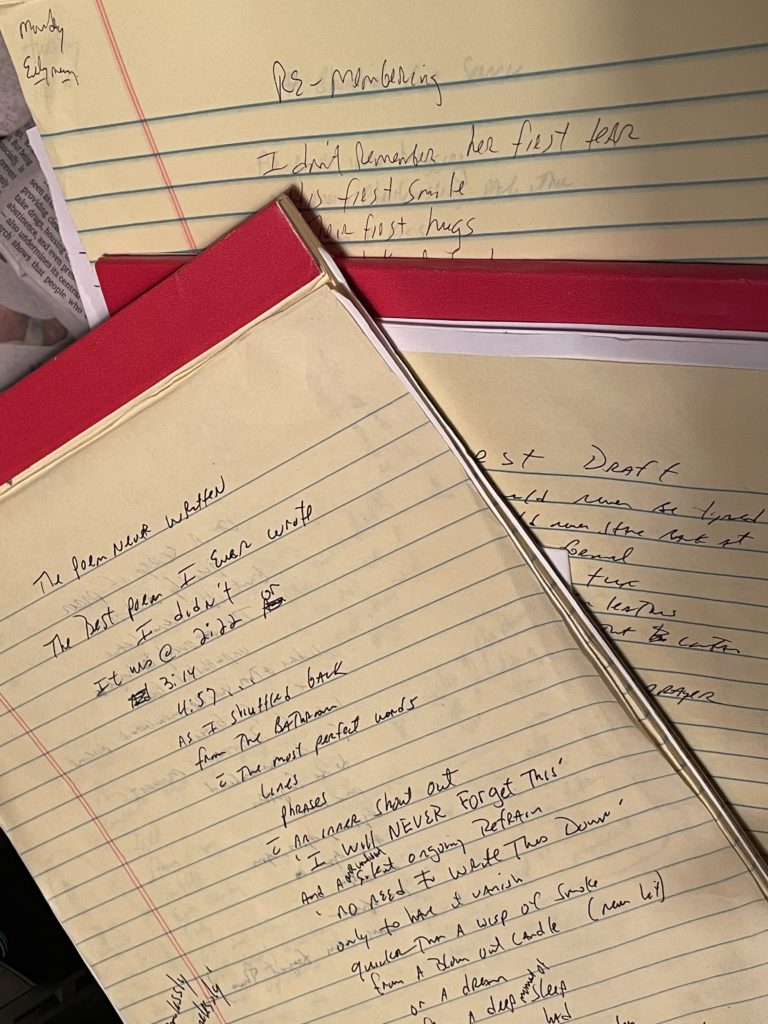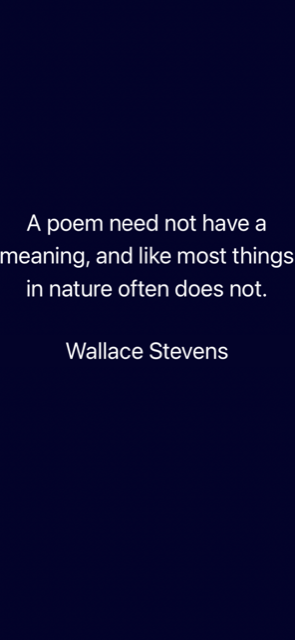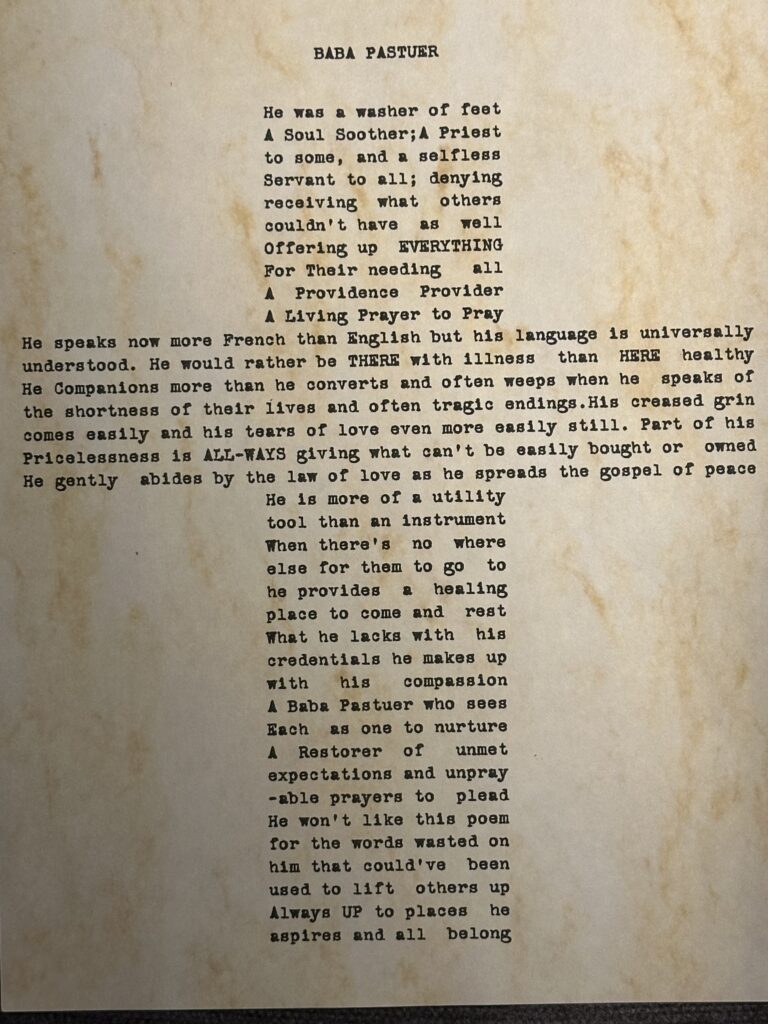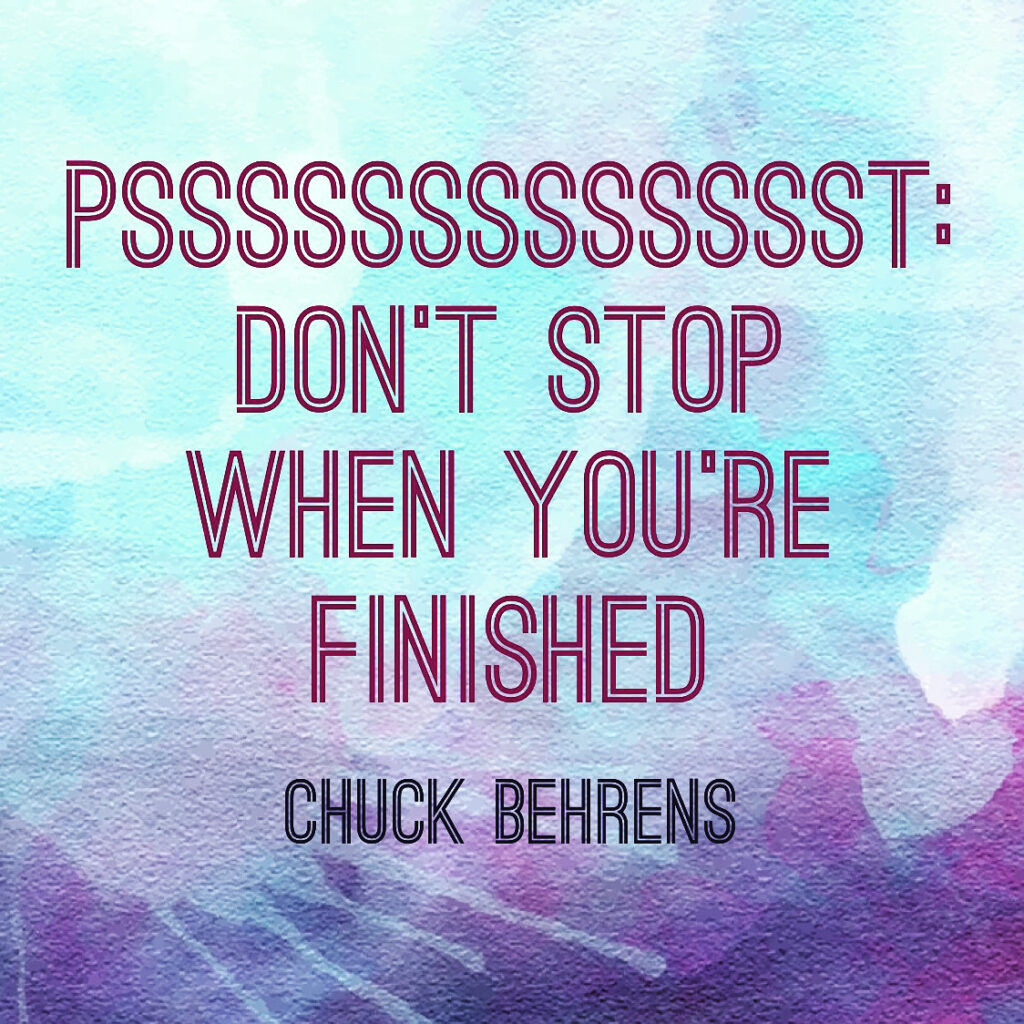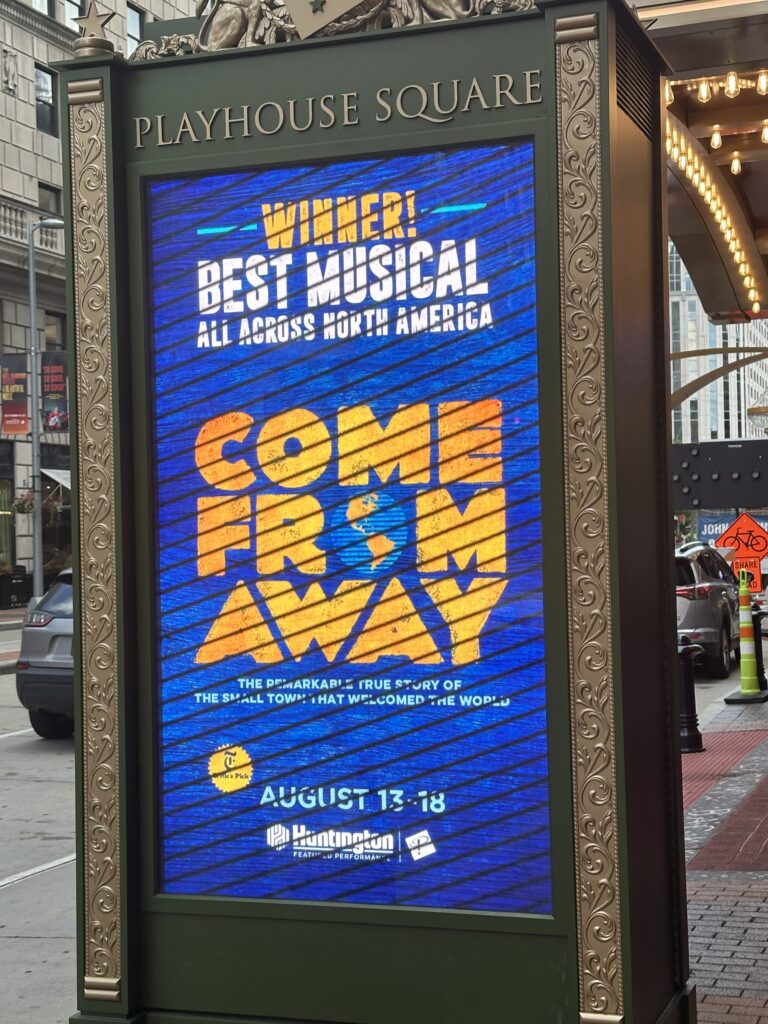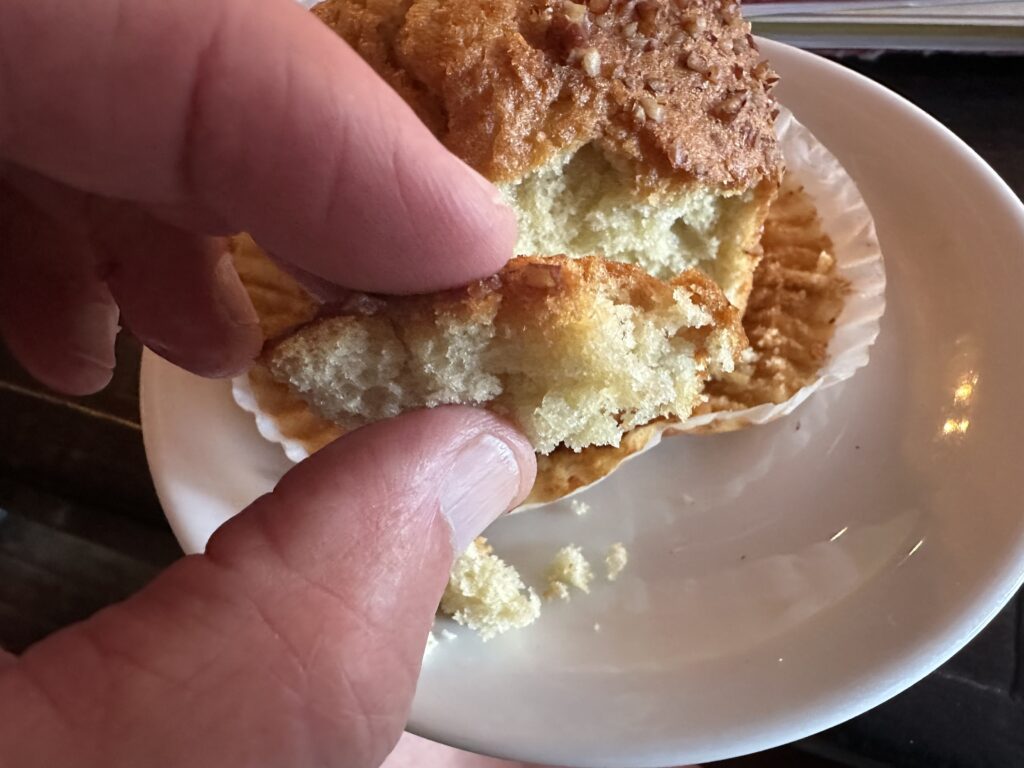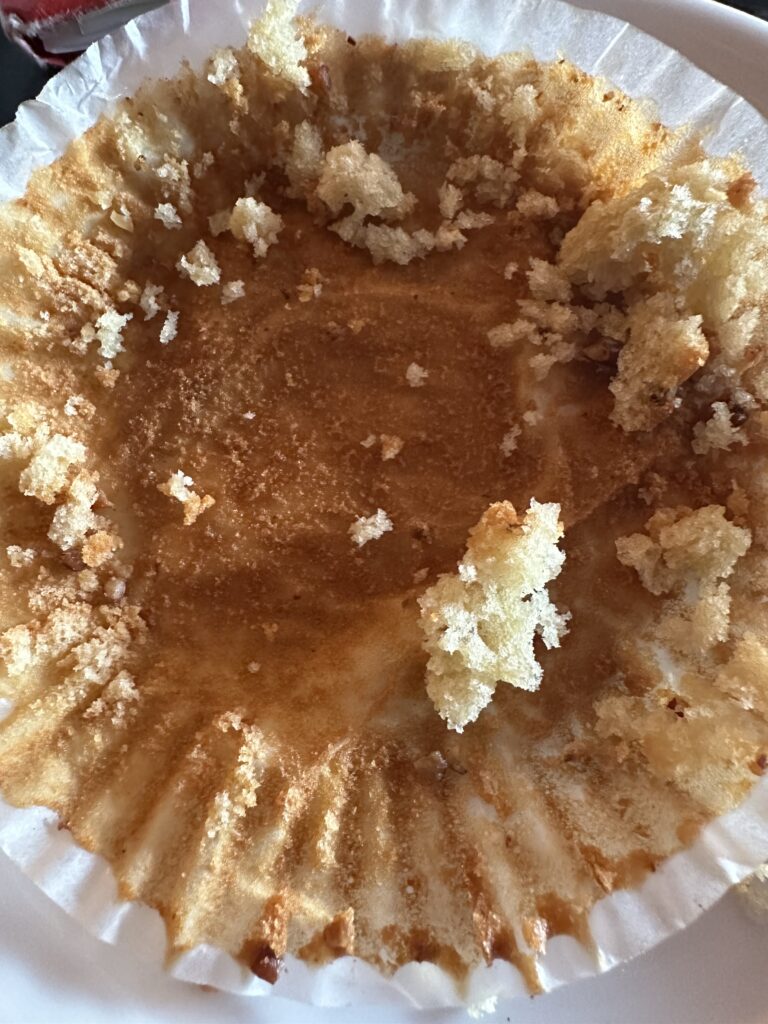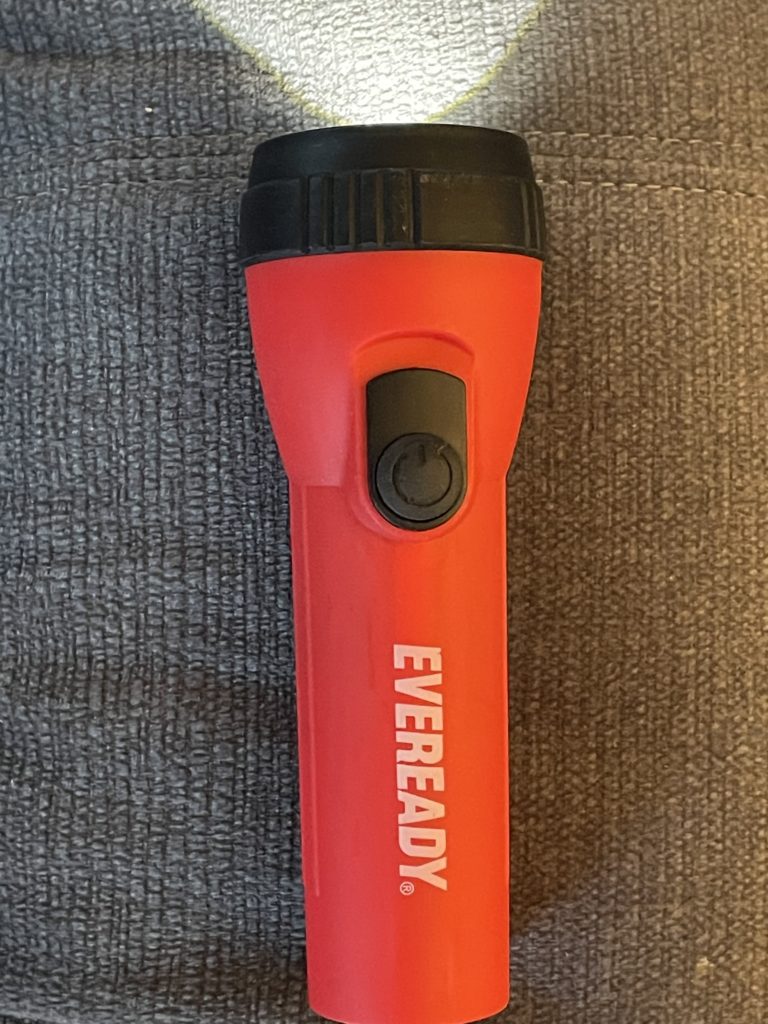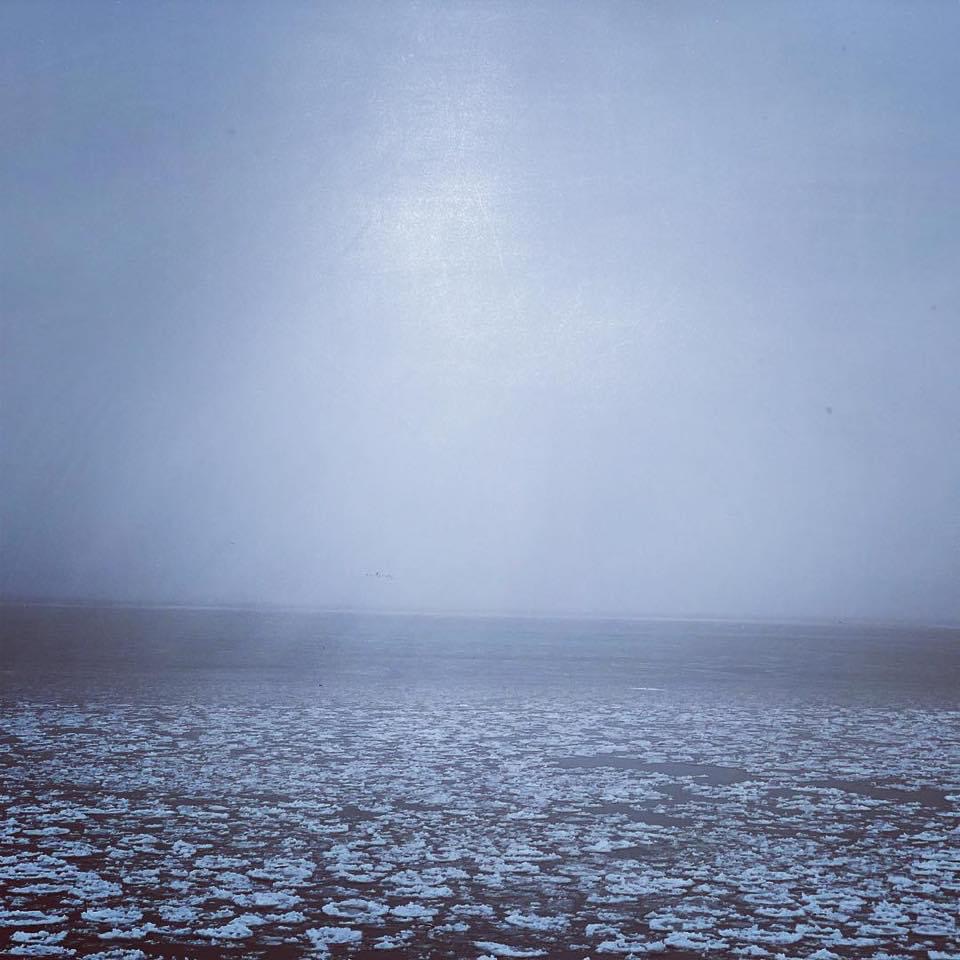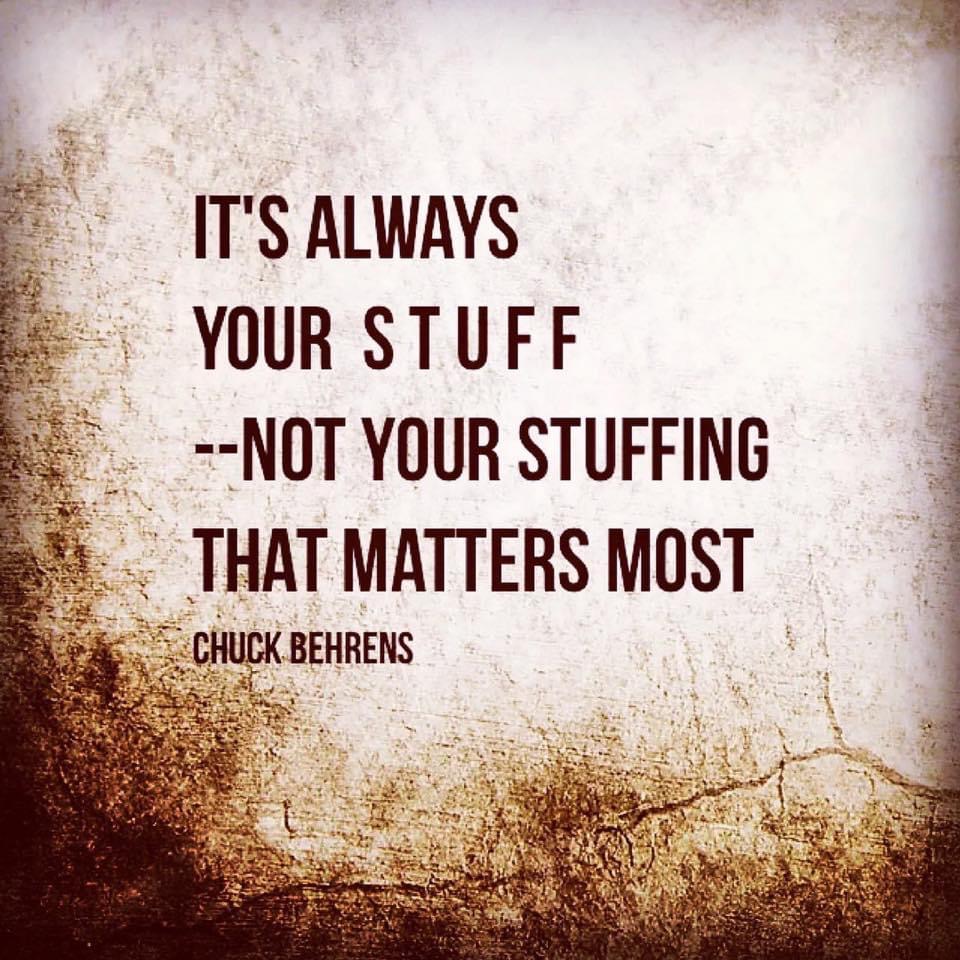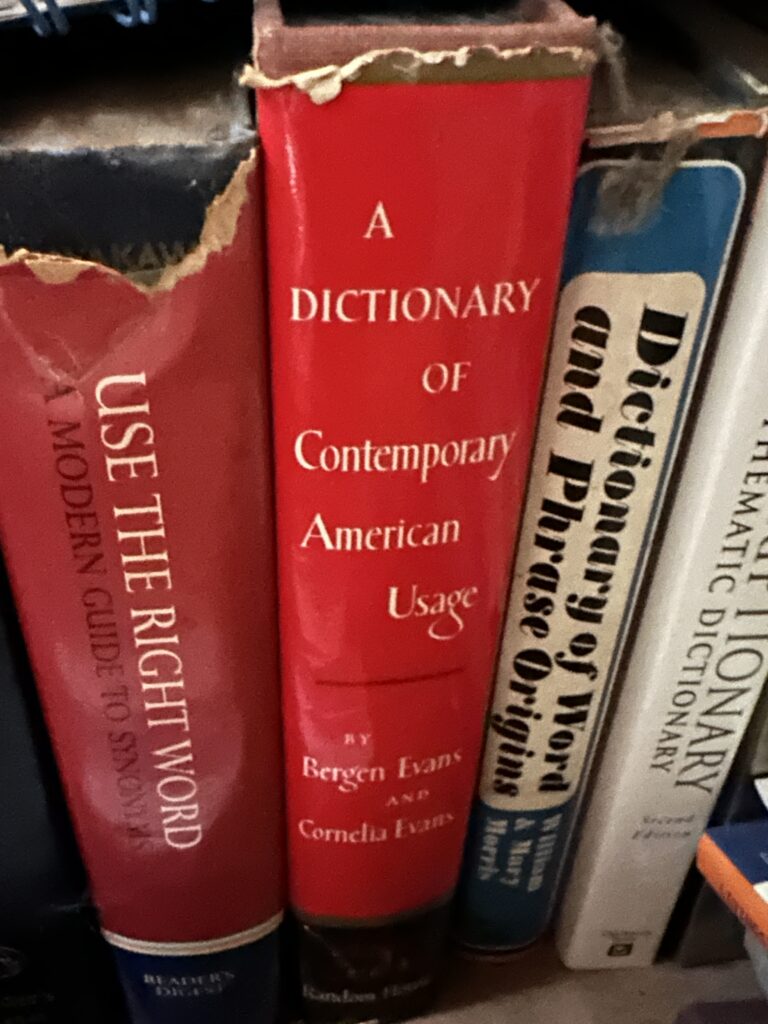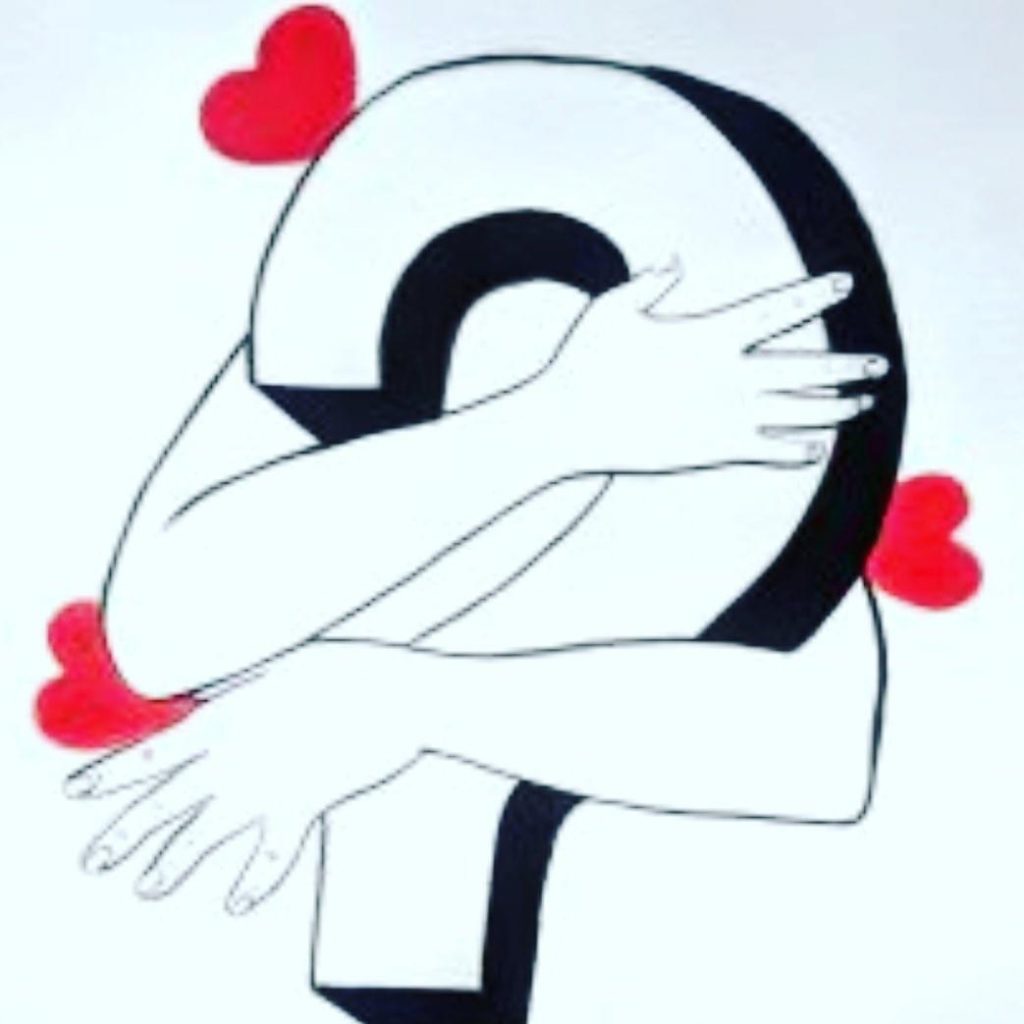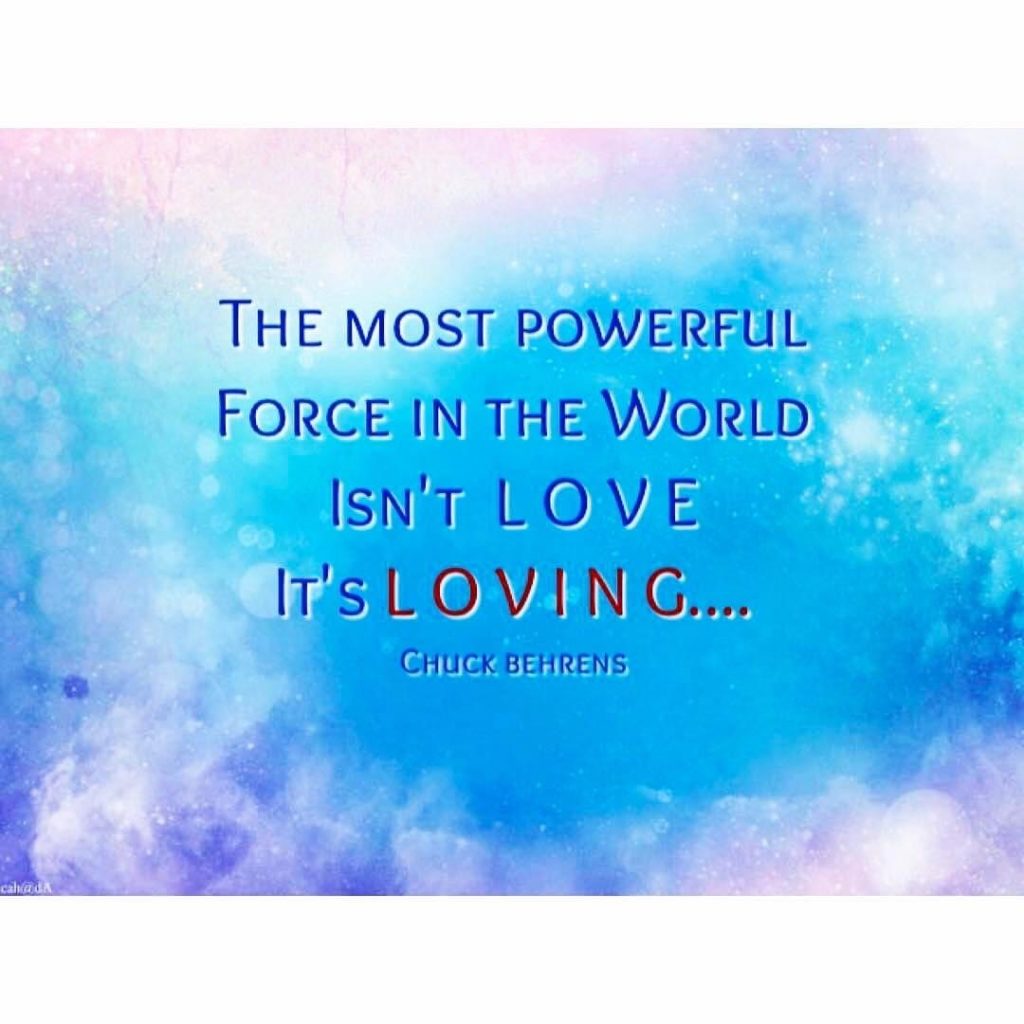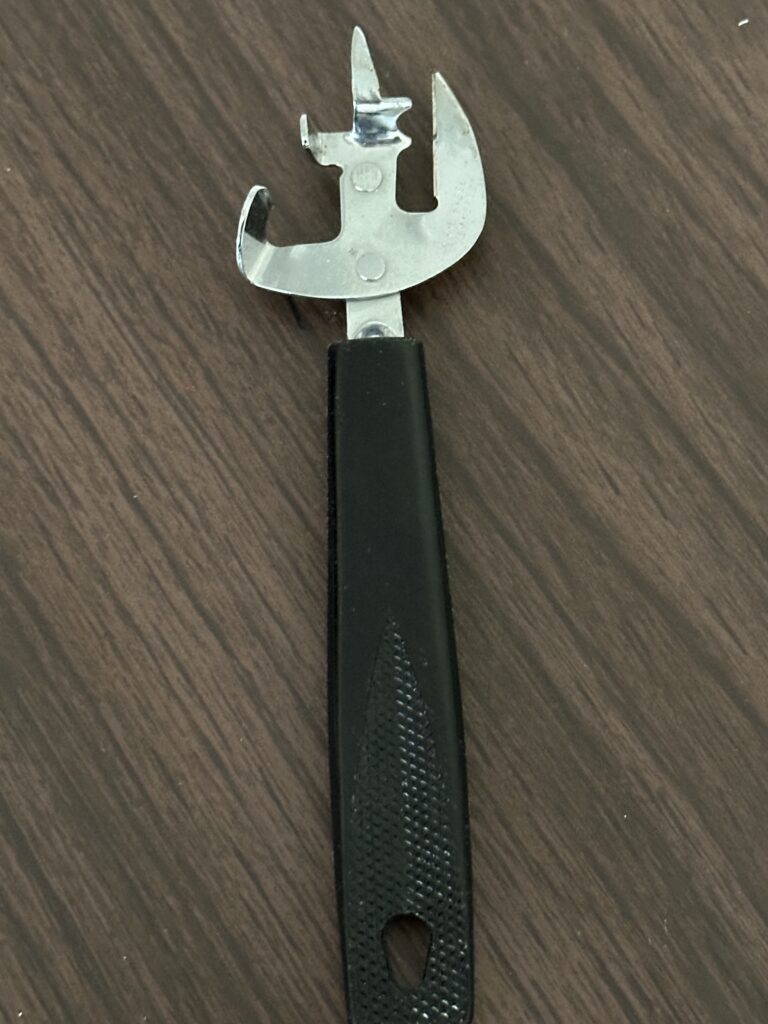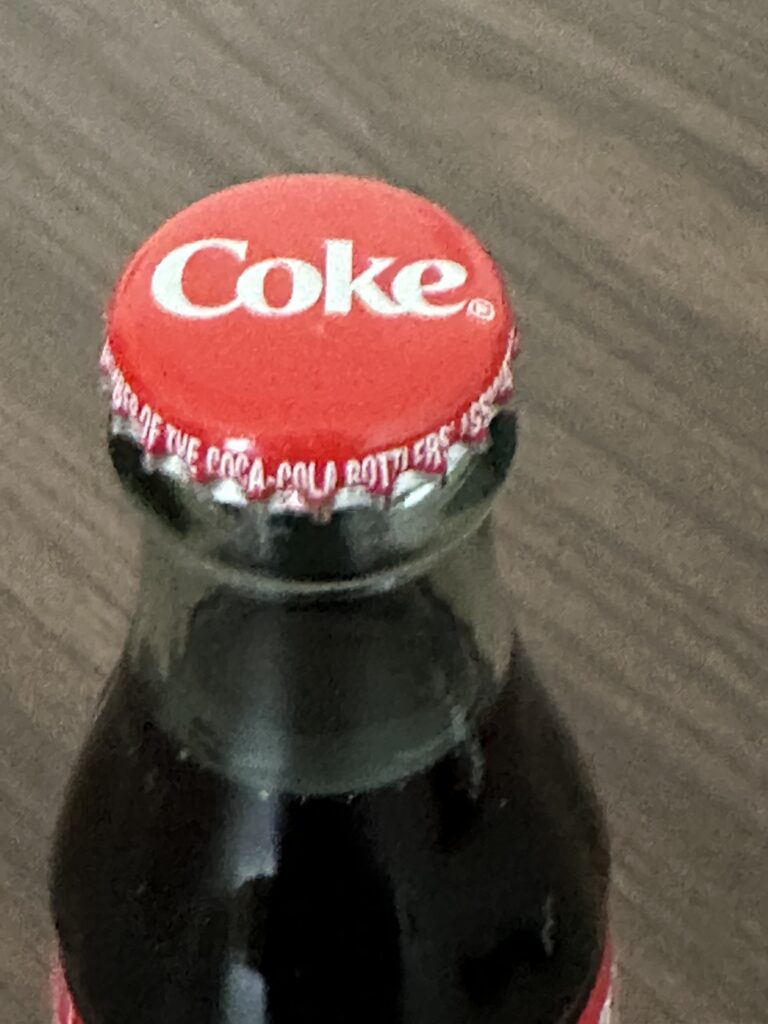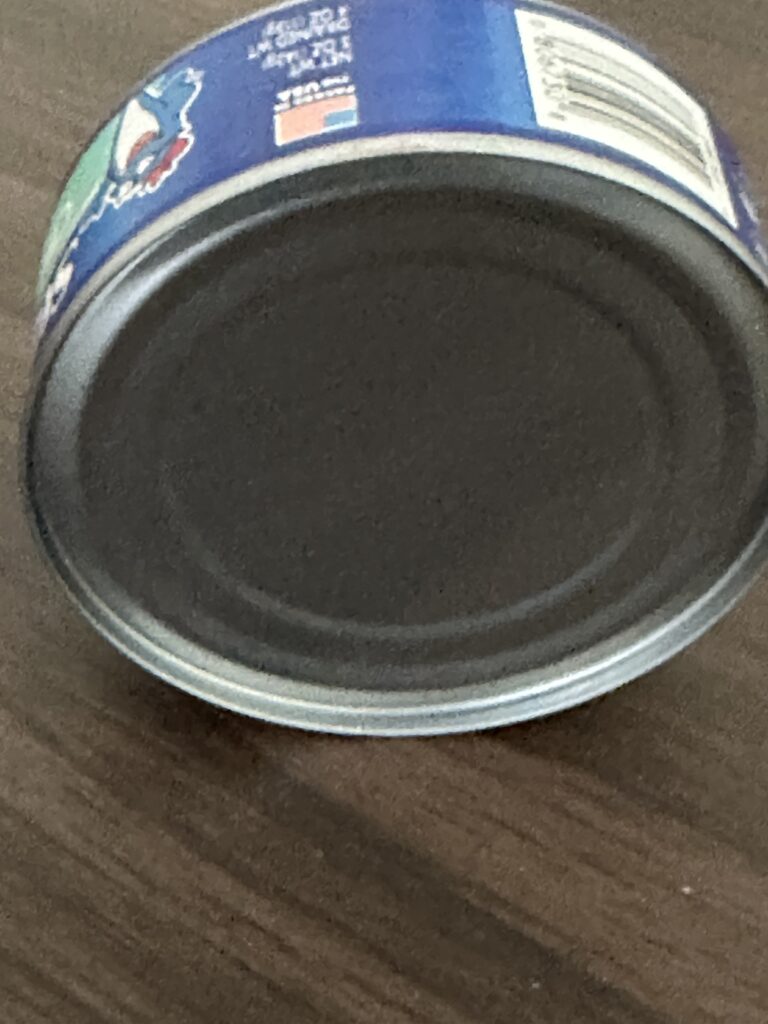The Journey
One day you finally knew
what you had to do, and began,
though the voices around you
kept shouting
their bad advice–
though the whole house
began to tremble
and you felt the old tug
at your ankles.
‘Mend my life!’
each voice cried.
But you didn’t stop.
You knew what you had to do,
though the wind pried
with its stiff fingers
at the very foundations,
though their melancholy
was terrible.
It was already late
enough, and a wild night,
and the road full of fallen
branches and stones.
But little by little,
as you left their voices behind,
the stars began to burn
through the sheets of clouds,
and there was a new voice
which you slowly
recognised as your own,
that kept you company
as you strode deeper and deeper
into the world,
determined to do
the only thing you could do–
determined to save
the only life you could save
Journeys are always important; they prove that we are more than mere push-pins on a map showing where we’ve been, where we are and maybe, where we’ve yet to be but are well on our ways. . .
Mary Oliver’s poem inspired this Caring Catalyst to do some noodling about what’s most important on my journey, the DESTINATION or the DESIGNATION especially on this Friday before Labor Day weekend, when we ponder our work and ourselves. . . HENCE:
DESIGNATIONS
I haven’t always gotten all aboard
a train
a ship
a trolley car
a taxi
a plane
a merry-go-round-roller-coaster-ferris wheel
but I have journeyed
from so many destinations
to even more designations
the best being the ones not planned
and whether it feels like
I’ve traveled aimlessly
or at times not much at all
I’ve always arrived or been
exactly where I needed to be
especially without baggage or
any hefty leave-it-all-behind carry on’s
Always more than a a push pin on a map
of Somewhere’s
Destinations to Designations
define more than a place I’m at
but more of who I am
